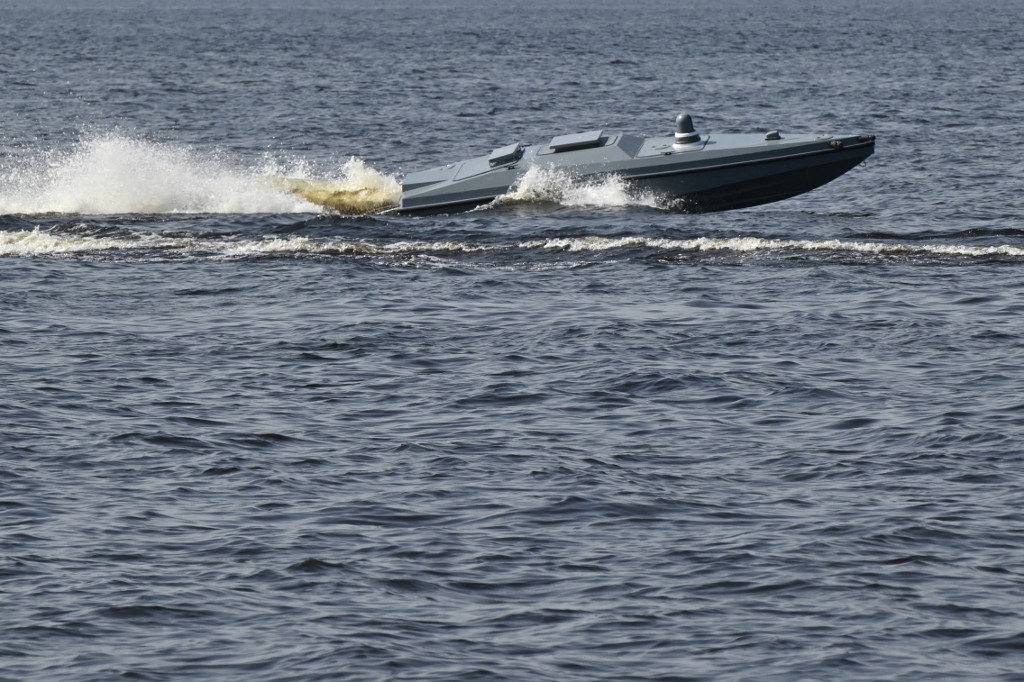During the Nov. 28 missile strike against Ukraine’s energy infrastructure several malfunctioning missiles crashed on Russian territory soon after launch an event, that according to the Ukrainian milblogger Colonel GSH happens almost every time.
The flight profile of Russian strategic bombers preparing to launch missile attacks against Ukraine seems illogical. Why do aircraft from the Engels military airfield, for instance, which is only 560 kilometers (350 miles) from the Ukrainian border and only 1,000 kilometers (625 miles) from the capital of Kyiv, fly almost 1,300 kilometers (800 miles) south to the Caspian Sea before launching their weapons the 2,000 kilometers (1,200 miles) at the Ukrainian capital?
JOIN US ON TELEGRAM
Follow our coverage of the war on the @Kyivpost_official.
The answer is quite simply the missiles they are firing, whether from old stock or relatively new manufacture are technically unreliable so Russian Aerospace’s “Standing Operating Procedure” (SOP) is to launch the missiles over large bodies of water, such as the Volgodonsk Reservoir or the Caspian Sea, to mitigate the risks of an “own goal” caused by missile failure.
This rule was instigated as far back as 2015, long before the full-scale invasion of Ukraine. On Nov. 20, a Russian Kh-101 air-launched cruise missile, which had just been introduced into service, was launched toward Syria probably from a Tupolev Tu-160 or Tu-95 strategic bomber. This was considered by many to be as much to simply test the new weapon as it was for any military gain – a test it failed.

‘On the Edge of Hell’: Polish Photographer Risks Life and Limb to Document Realities of War
Partway through the flight the missile crashed in Iran, near the outskirts of the city of Shush, its 400-kilogram (880-pound) conventional high explosive warhead detonating on impact. At the same time, US intelligence reported that several sea-launched Kalibr cruise missiles aimed at targets in Syria also crashed in Iran damaging buildings and causing civilian casualties. It is believed that these instances triggered the introduction of the “launch over water” directive.
However, even those precautions have proved insufficient. During the Nov. 28 attack on Ukraine, which involved nearly 200 missiles and drones, a Kh-101 crashed and detonated in the vicinity of Iki-Burul, Kalmykia about 650 kilometers (400 miles) northwest of the likely Caspian Sea launch point. Rumors on Russian social media suggested it wasn’t the only missile to have come down during the attack.
While Russian authorities often try to conceal these incidents, on this occasion, residents posted images of missile debris and a large impact crater where the weapon hit.
You can also highlight the text and press Ctrl + Enter






